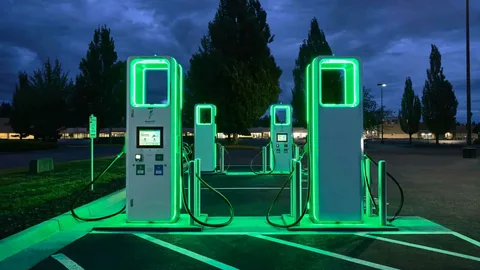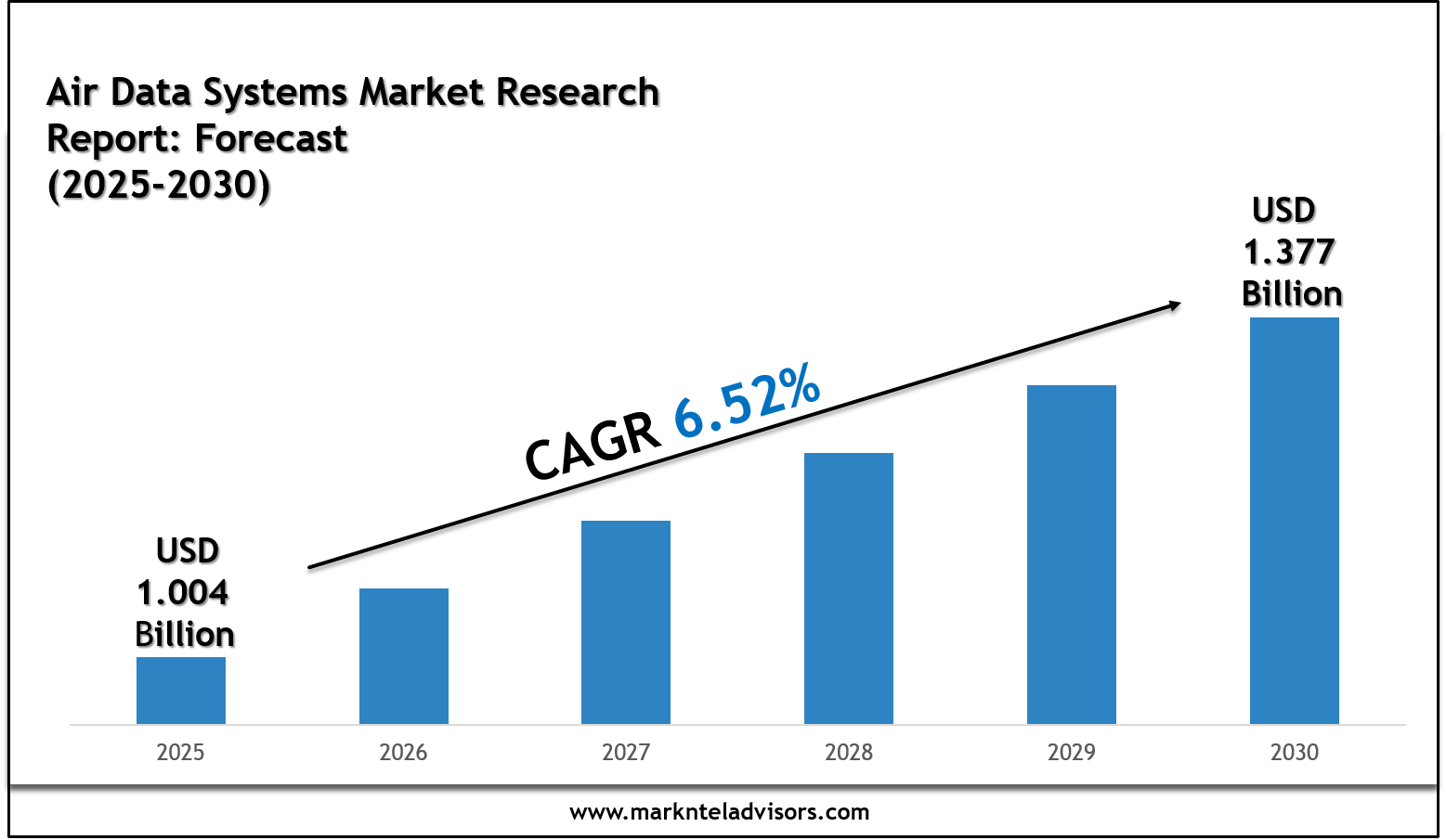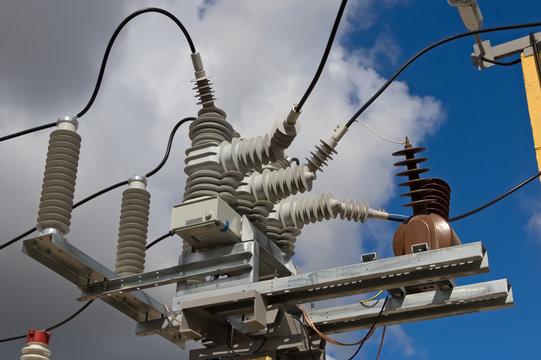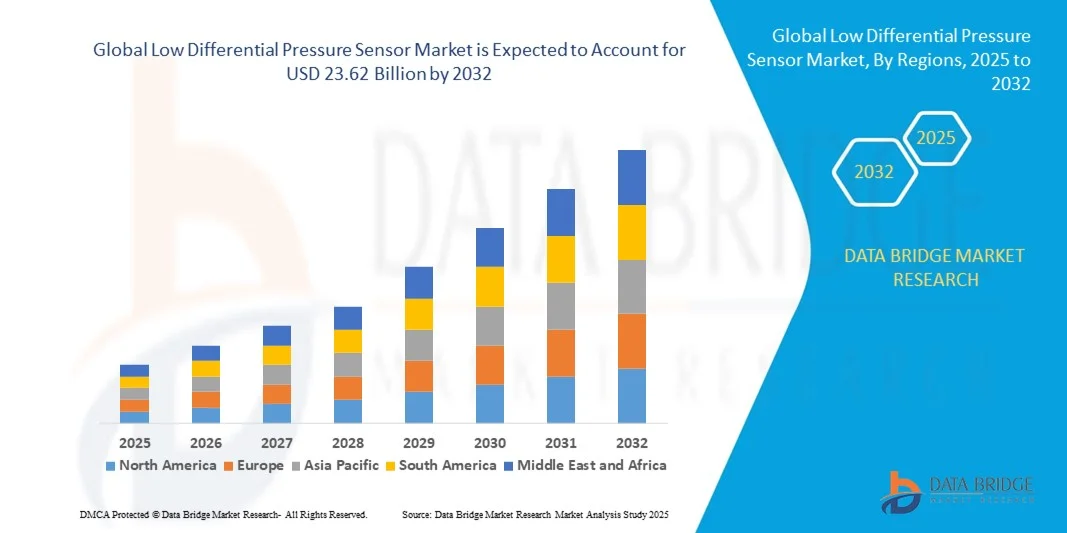US Heavy-Duty EV Charging Infrastructure: Building the Backbone for Electric Freight

Introduction
The US Heavy Duty EV Charging Infrastructure Market is rapidly emerging as a critical backbone for decarbonizing freight, transit, and commercial fleets. Heavy-duty charging infrastructure — covering depot charging, corridor megawatt fast chargers, and dedicated fleet charging hubs — enables battery-electric trucks, buses, and vocational vehicles to operate at scale while meeting uptime and duty-cycle requirements. Growth is being driven by fleet electrification commitments, corporate sustainability targets, and public funding aimed at creating reliable, high-power charging along major freight corridors and at terminal locations. A coordinated roll-out of depot chargers and public high-power corridors is essential to unlock long-haul, regional, and last-mile electrification across the United States.
Market Drivers
Several interlocking forces are advancing the heavy-duty charging market. First, fleet electrification announcements from major logistics and transit operators are creating predictable demand for depot and on-route chargers. Second, government programs and grant initiatives—targeting corridor chargers and high-power hubs—are allocating capital to de-risk early infrastructure investments. Third, technology convergence (megawatt charging standards, higher-power inverters, and battery innovations) is making fast charging for heavy vehicles technically feasible. Finally, growing awareness of lifecycle emissions and corporate ESG goals is accelerating procurement of electric trucks and the infrastructure that supports them.
Market Challenges
Despite momentum, the heavy-duty charging market faces several material challenges. Building multi-megawatt charging hubs requires significant grid upgrades and utility coordination; many highway corridors and rural freight nodes lack the necessary distribution or transmission capacity today. High capital expenditure for chargers, site civil works, and substation upgrades increases project complexity. Fragmented federal policy and slow disbursement of funds have also constrained rollout speed in some programs. Finally, standardization (e.g., Megawatt Charging System adoption, interoperability, payment and back-office systems) and reliable business models for public-private partnership remain immature.
Market Opportunities
Opportunities for rapid expansion are clear. First, targeted public funding and utility incentives can unlock grid upgrades and reduce upfront costs for site hosts. Second, depot charging for urban delivery fleets, transit agencies, and drayage operations offers near-term, high-value deployments because charging can be scheduled and managed centrally. Third, corridor-based megawatt charging hubs — when deployed at truck stops, logistics parks, and intermodal terminals — will enable regional and long-haul operations to electrify. Fourth, integrating stationary storage and behind-the-meter renewables can flatten demand peaks and reduce demand-charge exposure, improving total cost of ownership. Finally, new commercial models (charging-as-a-service, managed charging, and vehicle-to-grid pilots) can create recurring-revenue pathways for infrastructure providers
Regional Insights
Deployment patterns vary regionally. California leads early adoption—driven by state policy, transit electrification, and pilot corridor projects—while the West Coast generally shows strong momentum for both depot and corridor chargers. The Midwest and Southeast are becoming important manufacturing and logistics hubs, creating concentrated demand near freight nodes and distribution centers. Federal corridor funding prioritizes interstate freight routes, which means states hosting major freight flows (I-80, I-95, I-10, I-75) will see early investment in megawatt hubs. Coordination with utilities and state energy offices is essential in these areas to plan substation upgrades and site selection
Future Outlook
Over the next decade, the heavy-duty charging market is expected to scale substantially as truck OEM model availability increases and public and private investment aligns. Analysts expect rapid growth in installed capacity and dedicated hubs, including more pilot projects adopting standardized Megawatt Charging System (MCS) interfaces for interoperability. Continued cost declines in power electronics and battery energy density improvements will shorten charge times and reduce operational constraints. If grid and permitting bottlenecks are addressed proactively, corridor and depot networks should mature enough to support a large share of medium- and heavy-duty electrification by the early-to-mid 2030s. However, program execution and financing remain the gating factors for pace and geographic equity of deployment.
Conclusion
The US Heavy Duty EV Charging Infrastructure Market sits at the intersection of climate goals, freight economics, and grid modernization. Successfully scaling depot chargers and multi-megawatt corridor hubs will require coordinated investment from fleets, utilities, federal/state programs, and private capital—with strong emphasis on grid upgrades, standardized hardware and software, and innovative financing to manage upfront costs. When these pieces align, heavy-duty charging infrastructure will enable a rapid transition of buses, delivery trucks, and long-haul fleets to zero-emission operation—delivering climate benefits while preserving commercial uptime and reliability.



